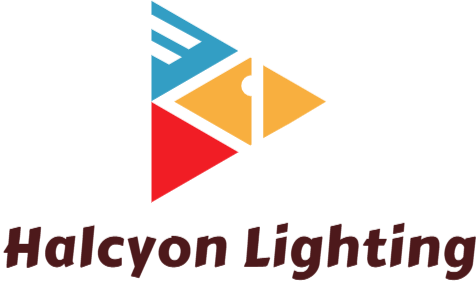The lighting industry has gone through an incredible evolution over the years, from fire to electricity and now to LEDs and smart lighting. The recent advancements in technology have ushered in a new era of lighting design, offering endless possibilities for creative expression and enhanced functionality. The latest lighting designs are redefining the way we see and experience light in our daily lives.
The World of Cutting-Edge Lighting Designs
The latest lighting designs are a testament to the incredible inventiveness of designers and engineers in the field of lighting. From the evolution of the humble light bulb to the development of smart systems that can be controlled by a smartphone app, lighting technology has come a long way.
Smart Lighting
One of the most exciting innovations in lighting design is the emergence of smart lighting. Smart lighting systems use technology to customize lighting levels, color, and ambiance to suit different occasions, moods, and settings. These lighting systems can be controlled by a smartphone app, a voice assistant or a remote control, allowing for effortless customization and convenience.
Architectural Lighting
Architectural lighting is another area where lighting design has seen a significant evolution. Unlike traditional lighting which focused solely on illuminating a space, architectural lighting is about using light to create a mood, enhance a space’s aesthetics, and even alter the perception of space. The latest architectural lighting designs involve using dynamic lighting effects, color, and contrast to create a mesmerizing visual experience.
LED Lighting
LED technology is arguably the most significant revolution in lighting design. LEDs are highly energy-efficient, long-lasting, and can produce a wide range of colors and intensities. Besides, they are incredibly versatile and can be used in various settings, from entertainment venues to street lighting. The latest LED lighting designs incorporate a wide range of colors, shapes, and sizes to create compelling visual effects.
The Future of Lighting Design
As technology advances, so does lighting design. In the future, we can expect to see more innovative and creative lighting designs that will change the way we perceive and experience light. Some of the emerging trends in lighting design include:
Human-centric Lighting
Human-centric lighting is a new field of lighting design that focuses on creating lighting systems that support human circadian rhythms. The idea behind human-centric lighting is to mimic the natural cycles of natural light to improve sleep, mood, and overall wellbeing.
Natural Light Replication
One of the latest trends in lighting design is natural light replication. This involves replicating the qualities of natural light, such as intensity, temperature, and color, to create the most natural light experience possible. It is especially useful for spaces without natural light, such as underground parking lots.
Wireless Charging Lighting
Wireless charging lighting is an exciting new concept that combines lighting and wireless charging technology. This involves integrating wireless charging capabilities into lighting fixtures, allowing users to charge their devices by simply placing them on a designated area of the fixture.
The latest lighting designs are a testament to how far the lighting industry has come. The incredible inventiveness and innovation in lighting design have made it a fascinating and ever-evolving field. As technology advances, we can only expect to see more innovation and creativity in lighting design, making light a truly transformative force in our lives.
Overall, these lighting designs and trends are changing the way we experience light and offering a glimpse into what the future of lighting design holds. Whether it’s through smart lighting, architectural lighting or LED technology, the potential for new and innovative designs is only limited by the imagination of designers and engineers in the field.
